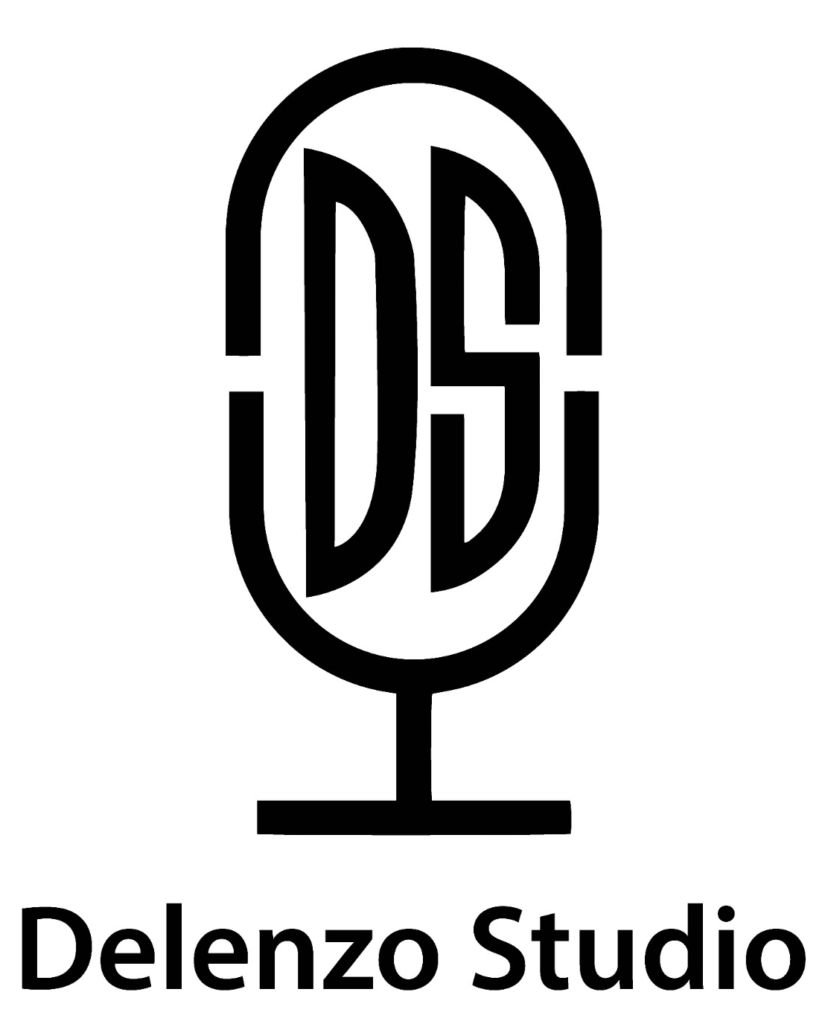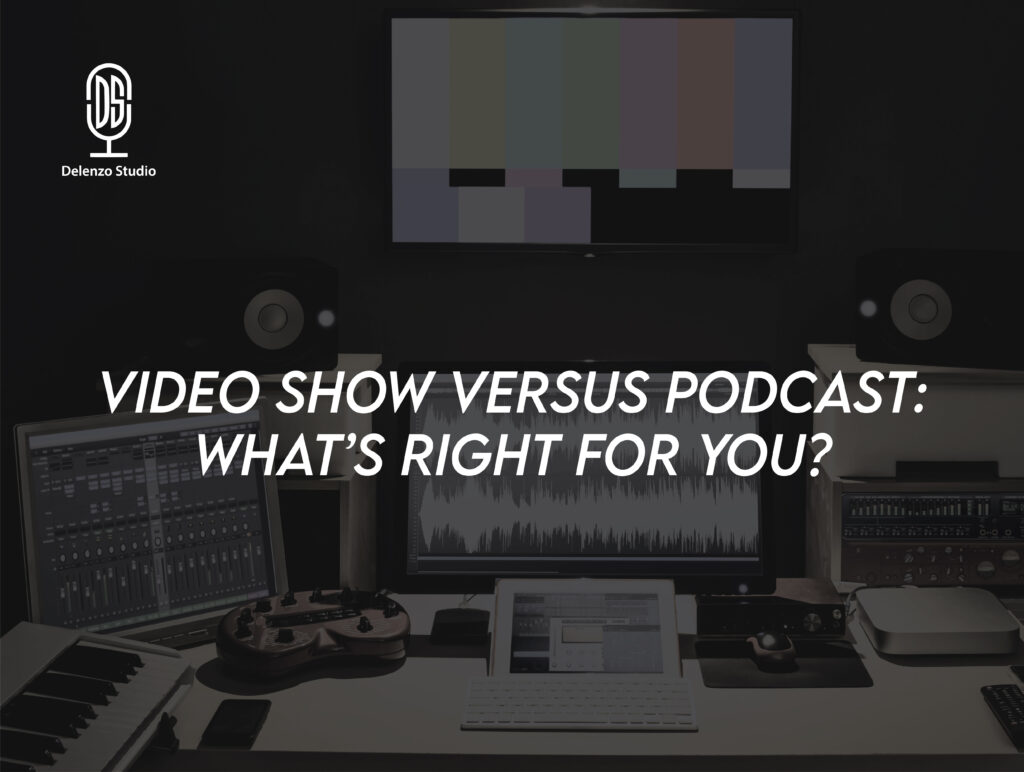In podcasting, achieving high-quality audio is key to engaging your audience. Whether you’re recording at home or in a professional studio, background noise can often sneak in and degrade your podcast’s audio quality. When recording, the clarity of your audio is essential for keeping your listeners engaged. However, with the proper techniques and tools, you can easily remove background noise from your recordings and achieve professional-sounding audio.
Below, we’ll explore practical ways to eliminate unwanted noise, enhance your podcast recording, and ensure your audience enjoys crystal-clear audio.
Choose a Quiet Recording Environment
The first step in ensuring clean audio is to record in a quiet environment. Noise comes from external traffic, household sounds, or air conditioning. If you can’t eliminate all external noise, choose a production space that minimizes it. Opt for a room with thick curtains, carpets, or padded walls, as these can absorb sound and help prevent unwanted noise from interfering with your recording.
When setting up your recording space, remember that rooms with too many hard surfaces like tile or hardwood floors can cause echoes, contributing to background noise. Opt for rooms with soft furnishings to help with sound dampening.
Use High-Quality Microphones
The quality of your microphone plays a significant role in how well your audio will capture sound. Low-quality microphones pick up a lot of unwanted sounds, including background noise. To get the best results, invest in a high-quality microphone designed to isolate your voice from the surroundings. A directional microphone (like a cardioid microphone) is a good choice as it captures sound primarily from the front and reduces noise from the sides and rear.
Additionally, consider using a pop filter to reduce plosive sounds, which can distort your recording and make it harder to clean up later. A good microphone can be a game-changer in improving the clarity of your podcast recording.
Optimize Mic Placement and Settings
Correct mic placement is crucial to reducing background noise. Position your microphone so it is close to your mouth but not too close that it picks up breathing noises. Avoid placing it directly on a hard surface, as this can cause vibrations that the mic will pick up. Use a boom arm to suspend the microphone and avoid unnecessary contact with surfaces that could create noise.
Adjust your mic settings to minimize unwanted noise further. Many microphones come with built-in gain controls, so keep the gain low to avoid capturing too much ambient noise. Some microphones also have a built-in low-cut filter to reduce low-frequency rumble, which is common in background noise.
Soundproof Your Recording Space
One of the most effective ways to minimize external noise is to soundproof your recording space. While soundproofing may seem like an expensive and time-consuming task, there are simple steps you can take to improve your room’s acoustics.
Start by sealing gaps in windows and doors, as these can let in noise from the outside. You can also install acoustic foam panels on the walls to absorb sound and prevent echoes. If soundproofing the entire room isn’t possible, consider using portable soundproofing options, such as foldable sound booths, to help contain the sound of your podcast recording. Delenzo Studio is the perfect choice in Lahore, Pakistan, featuring 100% soundproof walls for an utterly noise-free recording experience.
Reduce External Noise Sources
Beyond the unmistakable external sounds, other sources within your home or office could contribute to the noise. Turn off fans, air conditioners, or electronic devices that produce background hums or whirrs. Make sure your phone is on silent to avoid picking up any unexpected interruptions.
Another effective way to reduce external noise is by recording when there are fewer distractions. For instance, avoid recording during peak traffic hours or when your household is bustling with activity. The quieter the environment, the less likely background noise will interfere with your podcast.
Use Noise Reduction Software
Even with the best equipment and an ideal recording environment, you may still need to clean up your audio in post-production. Noise reduction software can be a lifesaver in eliminating residual background noise that might still be present. Programs like Audacity, Adobe Audition, and iZotope RX offer powerful noise-reduction tools to help you remove unwanted sounds from your recording.
When using noise reduction software, it’s essential to balance reducing noise and preserving the natural quality of your voice. Overusing noise reduction can cause your audio to sound unnatural or “robotic.” Experiment with settings and preview the results before applying them to the recording.
Wear Headphones While Recording
To avoid recording unwanted noise, always wear headphones while you record. Headphones allow you to monitor your audio in real-time and catch any issues early on. If you hear unwanted sounds, you can stop the recording and address the problem before proceeding. Using headphones also helps you adjust your speaking volume and tone to ensure a consistent audio level throughout your podcast recording.
Additionally, wearing headphones while recording ensures that you aren’t distracted by background noise, enabling you to focus solely on the content of your podcast.
Wrap Up
These steps can significantly remove background noise from your podcast recordings. You’ll ensure your listeners get the best audio experience possible with the right environment, equipment, and software. Remember, a clean, professional-sounding podcast is key to building your audience and keeping them engaged episode after episode.
FAQs
A directional microphone, particularly a cardioid microphone, is the best for reducing background noise. This type of microphone captures sound mainly from the front, minimizing unwanted noise from the sides and rear, making it ideal for podcast recording.
After recording, you can remove background noise from your podcast using noise reduction software such as Audacity, Adobe Audition, or iZotope RX. These tools eliminate residual background noise and refine your audio quality during post-production.
Several factors affect background noise in a podcast recording, including the environment (like external sounds from traffic or household appliances), the microphone quality, the placement of your microphone, and the soundproofing of your recording space.
To prevent echo in your podcast recording, soundproof your recording space using materials like carpets, curtains, and acoustic panels that absorb sound. It prevents sound from bouncing off hard surfaces and creating unwanted echoes in your audio.
Yes, a boom arm can help reduce background noise by suspending the microphone mid-air, preventing surface vibrations and minimizing noise pickup. It also allows for better mic placement, reducing the chance of capturing external noise.



